Harvesting Chamomile Plants: When To Pick Chamomile Flowers
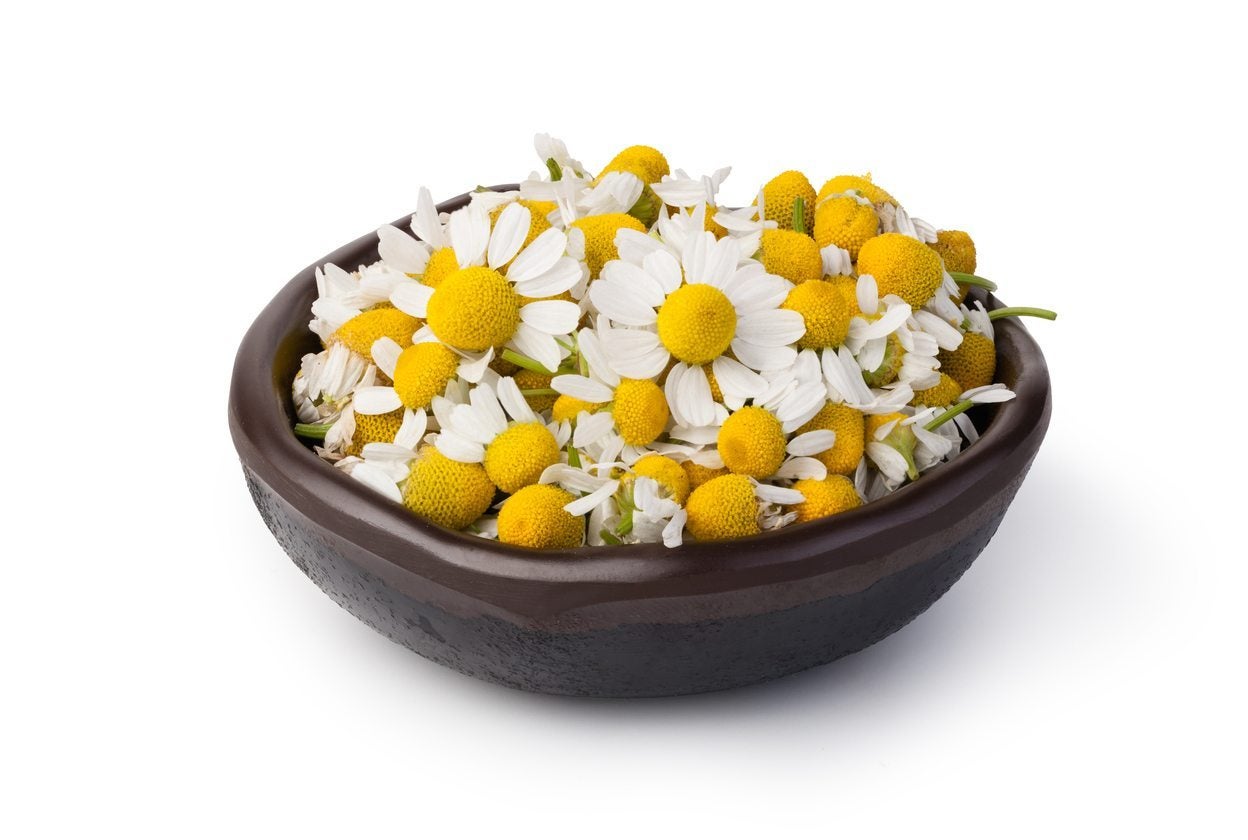
If you are a gardener who likes tea, then you should be growing chamomile. This cheery little flowering herb is useful for so many ailments and is easy to grow too, but how do you know when to pick chamomile? Not only do you need to know when to harvest chamomile, but how to harvest chamomile. Read on to find out about picking and harvesting chamomile.
When to Pick Chamomile
Chamomile is a relative of the daisy and a member of the family Asteraceae; you only need to look upon the merry little yellow and white flowers to see the resemblance. There are two basic types of chamomiles, Roman and German chamomile. Roman chamomile is a low growing perennial that is tolerant of foot traffic. German chamomile grows a bit taller than Roman, and the flowers are a bit smaller. It is considered to be a wild variety of chamomile and a self-seeding annual. Both types of chamomiles can be used in the same beneficial ways, just their growing habits are different. So, when do you harvest chamomile? While most other herbs are harvested for stems, leaves, or even roots, chamomile harvesting is all about the blossoms. In fact, it is best harvested when the blossoms are open to their fullest, before the petals begin to droop backwards. Harvest on a dry day, in the morning just after any dew has dried when the essential oils of the plant are at their peak.
How to Harvest Chamomile
Picking chamomile is an easy, relaxing enterprise. Gently pinch the stem of the plant just below the flower head. Then place your forefinger and middle finger under the head of the flower, between the flower head and the other pinched fingers, and pop the flower head off. Remove all of the flower heads that are in full bloom and leave behind any that are just budding. Lay the flowers out in a single layer on paper towels or cheese cloth and allow them to dry for one to two weeks in a dark, warm, dry area. You can also dry them in the dehydrator at the lowest possible setting. When the flowers are dry and cool, store them in a sealed glass jar for up to six months. They can still be used after six months, but the flavor is less intense.
Gardening tips, videos, info and more delivered right to your inbox!
Sign up for the Gardening Know How newsletter today and receive a free copy of our e-book "How to Grow Delicious Tomatoes".

Amy Grant has been gardening for 30 years and writing for 15. A professional chef and caterer, Amy's area of expertise is culinary gardening.
-
 Try The Trend – Turn Any Bed Into A Keyhole Garden With This Clever In-Ground Composter
Try The Trend – Turn Any Bed Into A Keyhole Garden With This Clever In-Ground ComposterKeyhole gardening is an efficient and sustainable practice that saves space. Get started on this DIY project quickly and easily with an in-ground composter.
By Bonnie L. Grant
-
 4 Superfast Composting Methods: Turn Waste Into Garden Gold In 30 Days Or Less
4 Superfast Composting Methods: Turn Waste Into Garden Gold In 30 Days Or LessTry the fastest composting methods to turbocharge your pile and transform kitchen scraps and garden waste into finished compost in just a few weeks.
By Mary Ellen Ellis
-
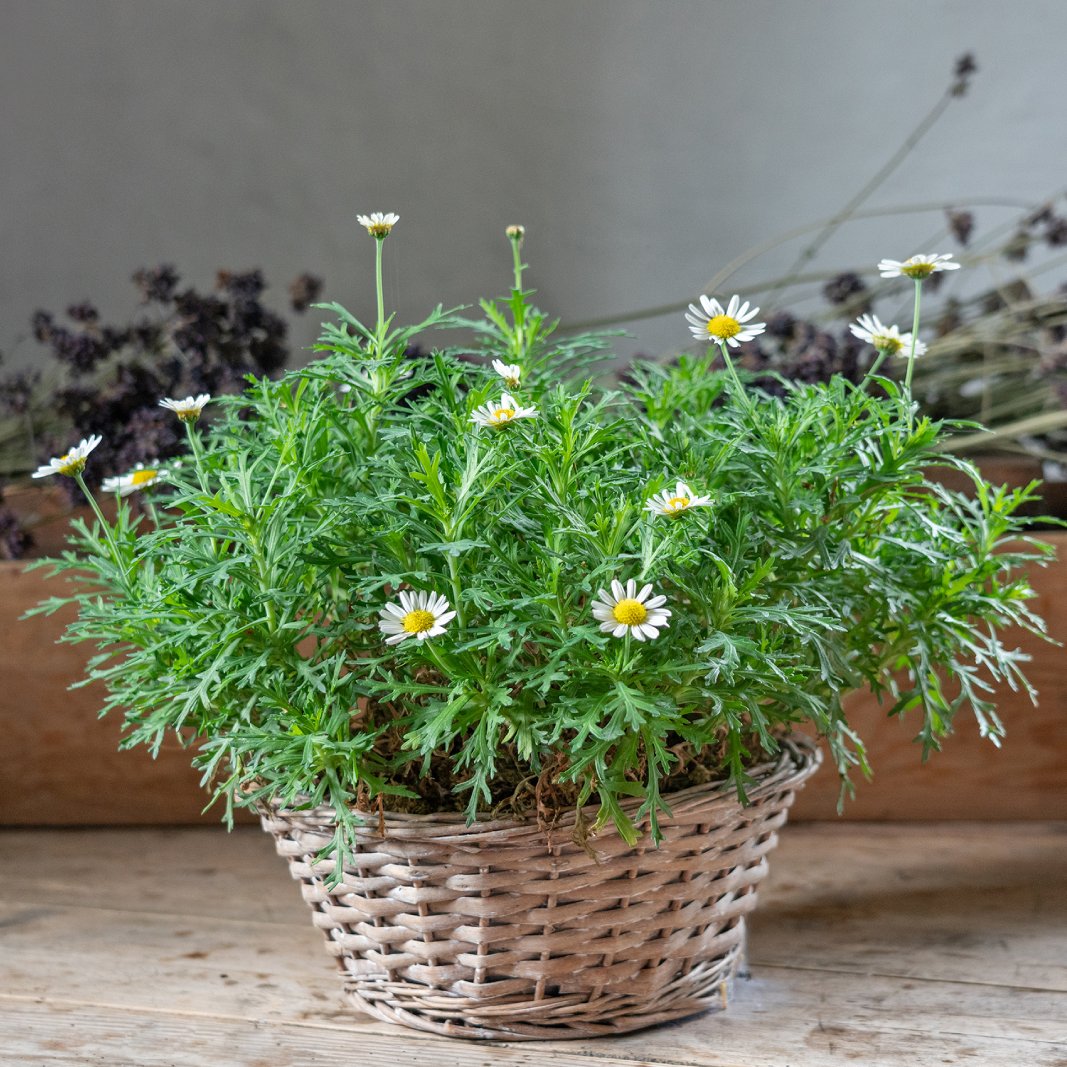 Chamomile In Containers: Growing Chamomile In Pots
Chamomile In Containers: Growing Chamomile In PotsBy Mary Ellen Ellis
-
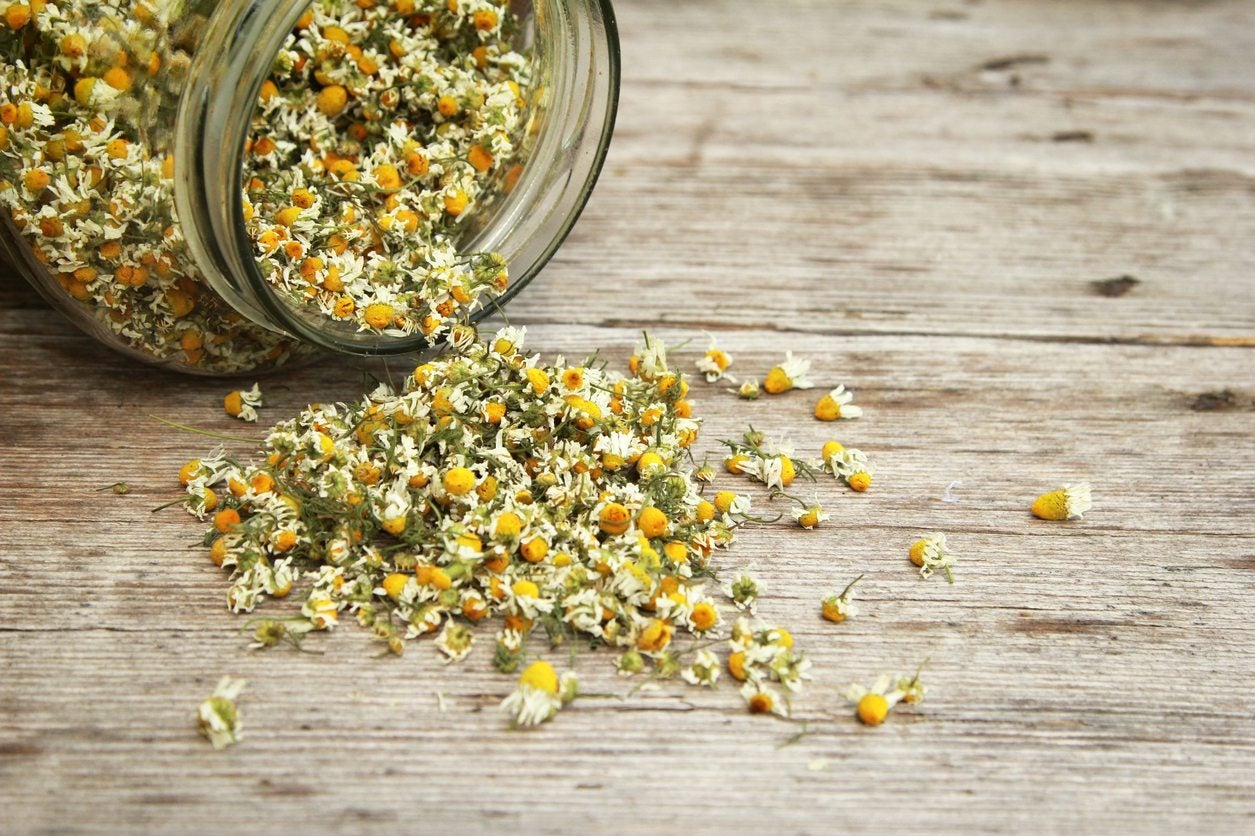 How To Dry Chamomile Plants – Tips For Drying Chamomile Flowers
How To Dry Chamomile Plants – Tips For Drying Chamomile FlowersChamomile, unlike other herbs, is harvested just for its lovely, daisy-like flowers, which are then preserved. Chamomile preservation basically means drying the chamomile flowers. There are four chamomile drying techniques. Click here to find out how to dry chamomile.
By Amy Grant
-
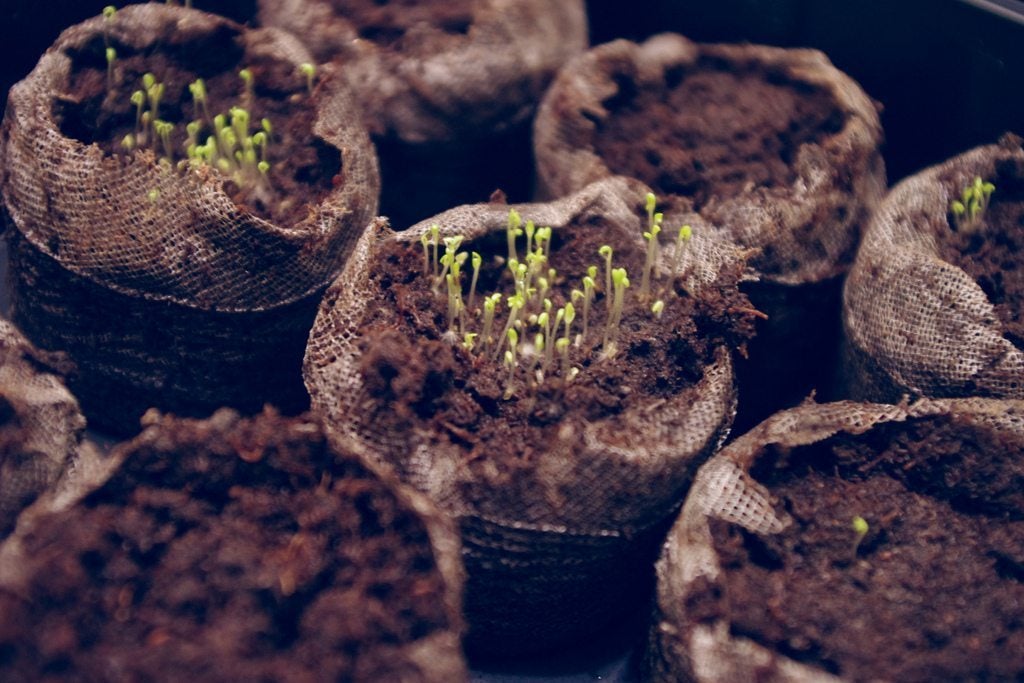 Chamomile Seed Info: How And When To Plant Chamomile Seeds
Chamomile Seed Info: How And When To Plant Chamomile SeedsAll chamomile types produce an abundance of seed that will quickly self-sow wherever it lands in warm, loose soil. Click on the following article to learn more about growing chamomile from seed and when to plant chamomile seeds in the garden.
By Darcy Larum
-
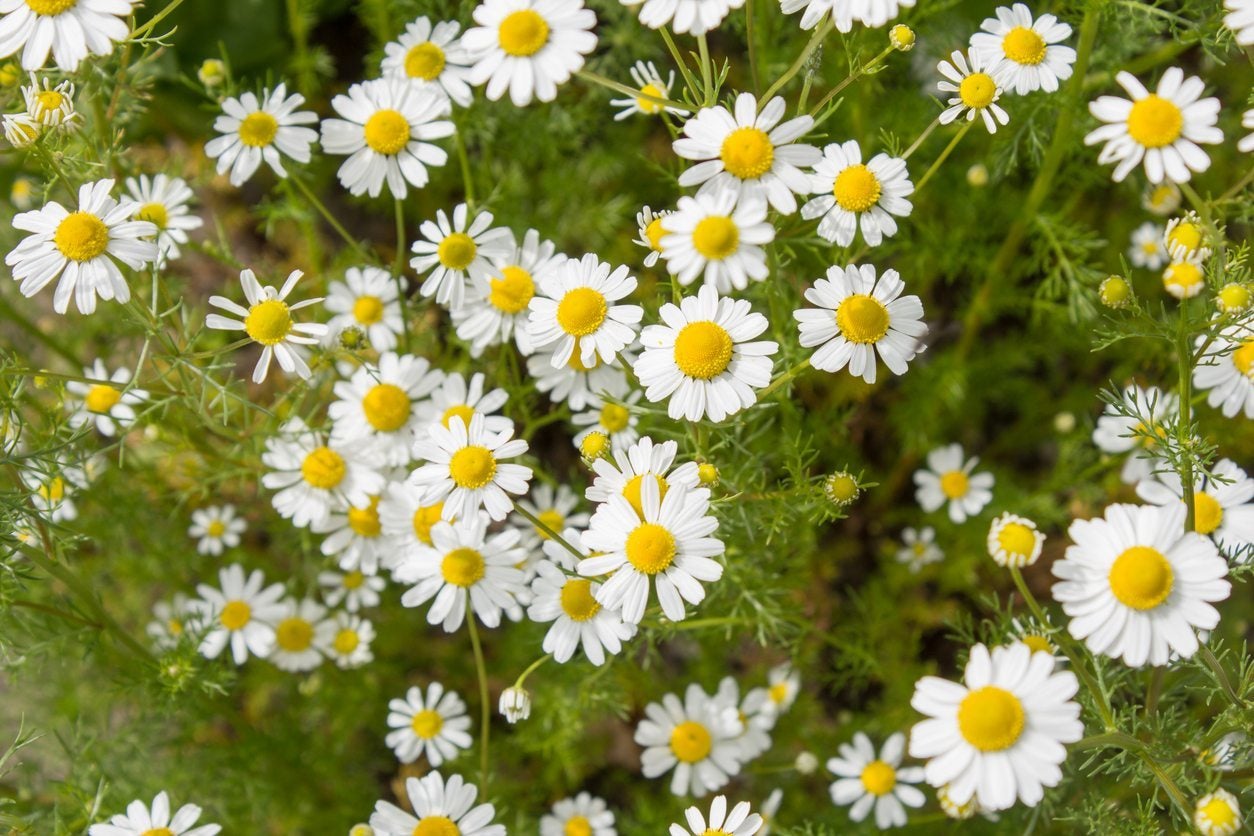 Chamomile Not Flowering: Why Won’t My Chamomile Bloom
Chamomile Not Flowering: Why Won’t My Chamomile BloomChamomile is usually the go-to remedy for so many things, but what can you go to when it is a chamomile plant that needs a remedy - for example, how to make a chamomile plant flower if it's not. Learn more about non-blooming in chamomile here.
By Darcy Larum
-
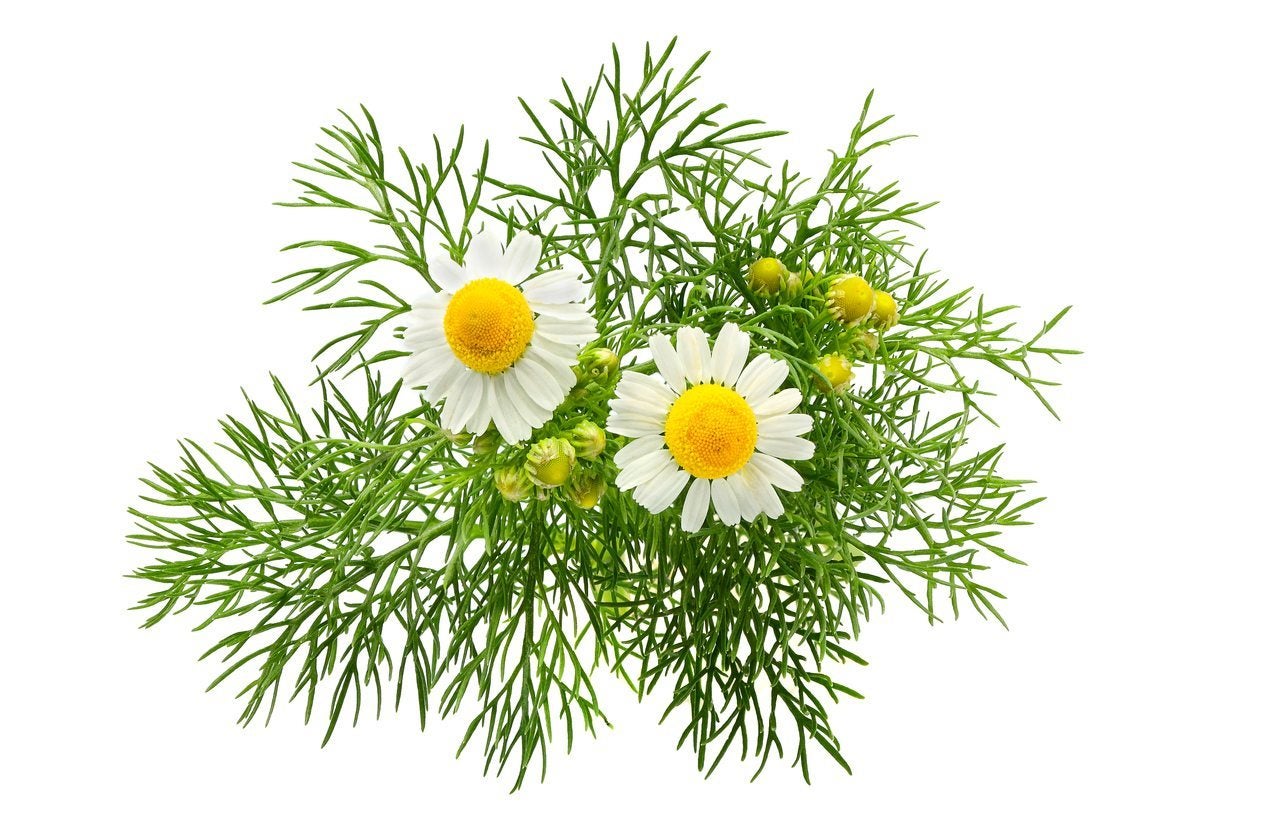 Roman Vs. German Chamomile – Learn About Different Types Of Chamomile
Roman Vs. German Chamomile – Learn About Different Types Of ChamomileIf you're so fond of the tea that you decide to grow chamomile in your own garden, you may be surprised to find that there are different types of seeds and plants available. Click here to learn about distinguishing between different chamomile varieties.
By Darcy Larum
-
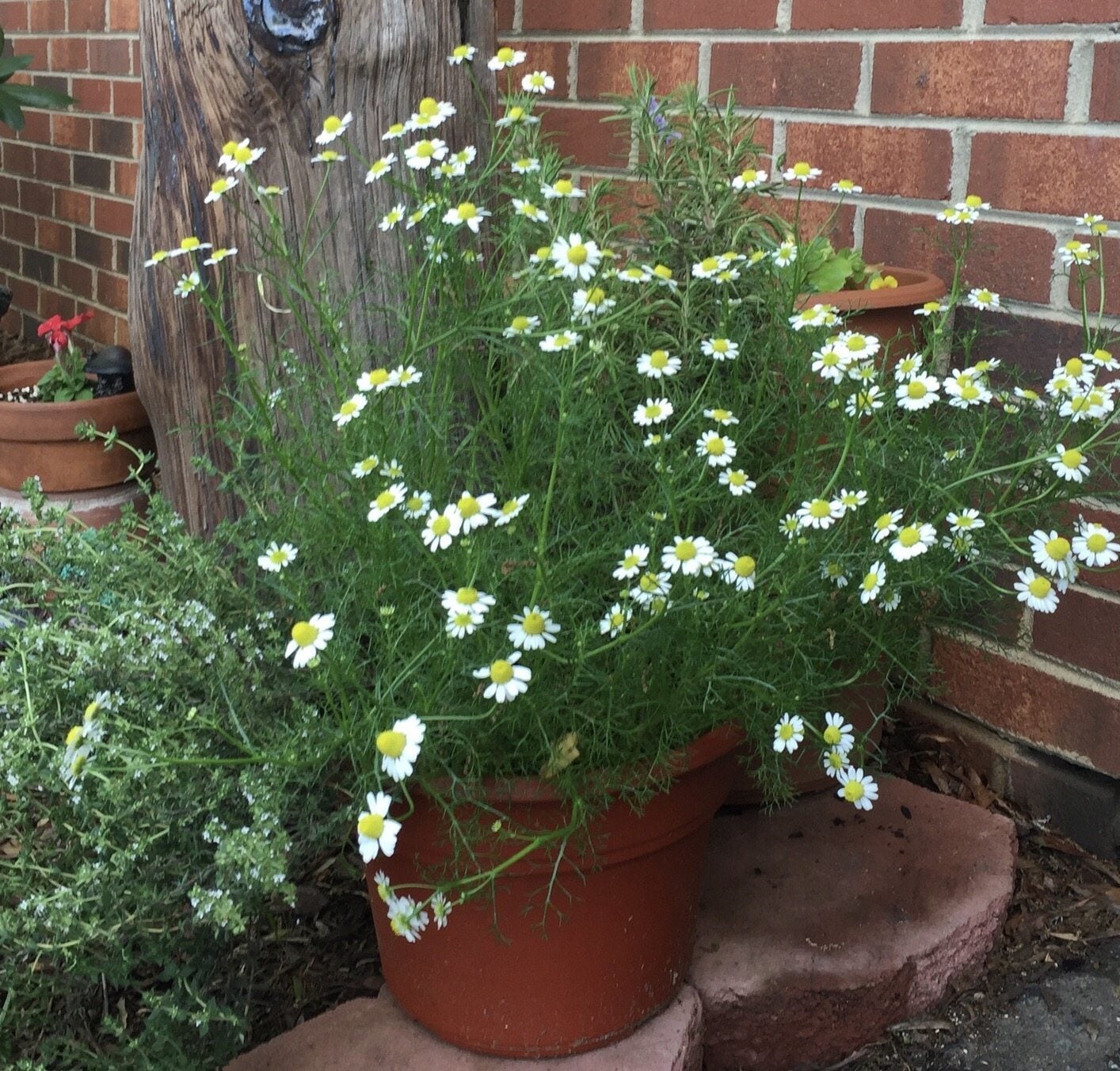 Potted Chamomile Plants – How To Grow Chamomile In A Container
Potted Chamomile Plants – How To Grow Chamomile In A ContainerGrowing chamomile in containers is perfect if you're worried the generous self-seeder may be too rambunctious in the garden. Click fore more.
By Mary H. Dyer
-
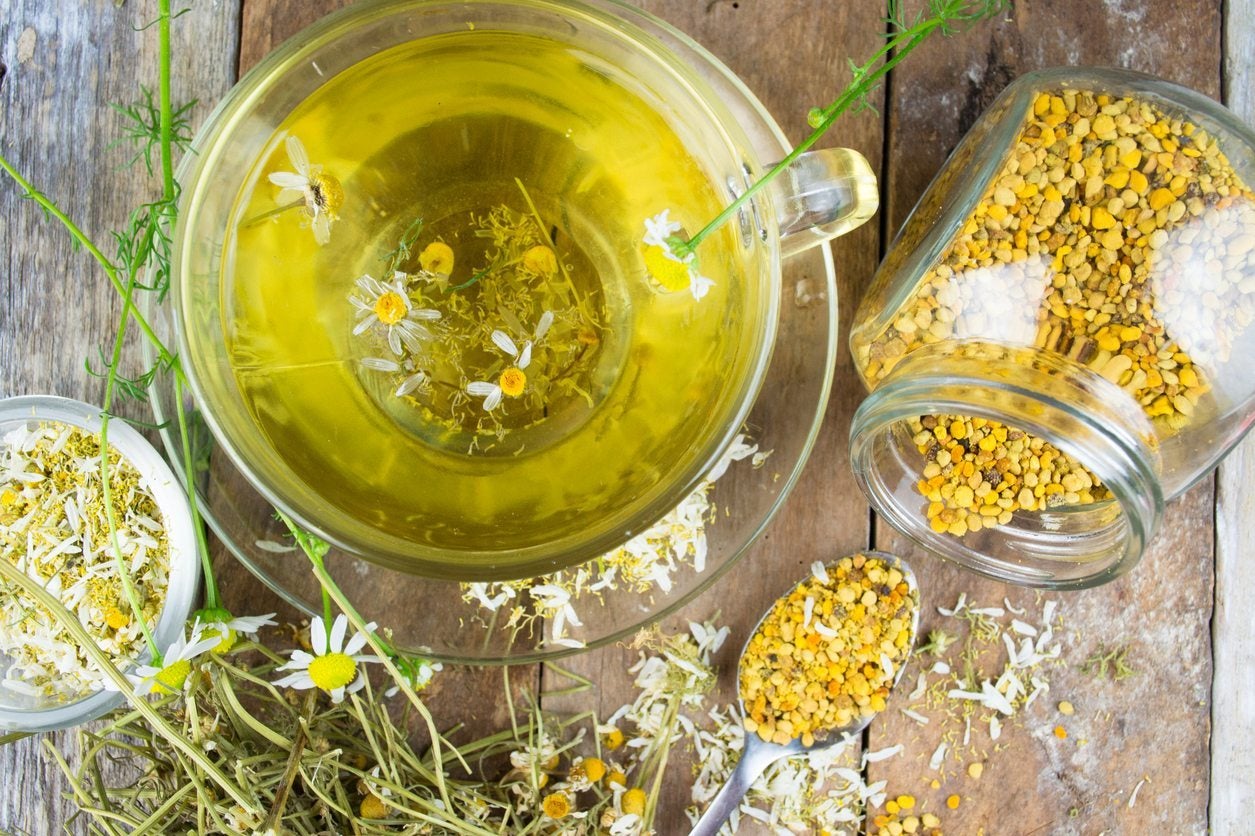 Is Chamomile Edible – Learn About Edible Chamomile Uses
Is Chamomile Edible – Learn About Edible Chamomile UsesTraditionally, many generations have appreciated chamomile for its curative qualities, and to this day, people rely on chamomile tea to calm frazzled nerves and relax at bedtime. But is chamomile edible, and if so, what parts of chamomile are edible? Find out here.
By Mary H. Dyer
-
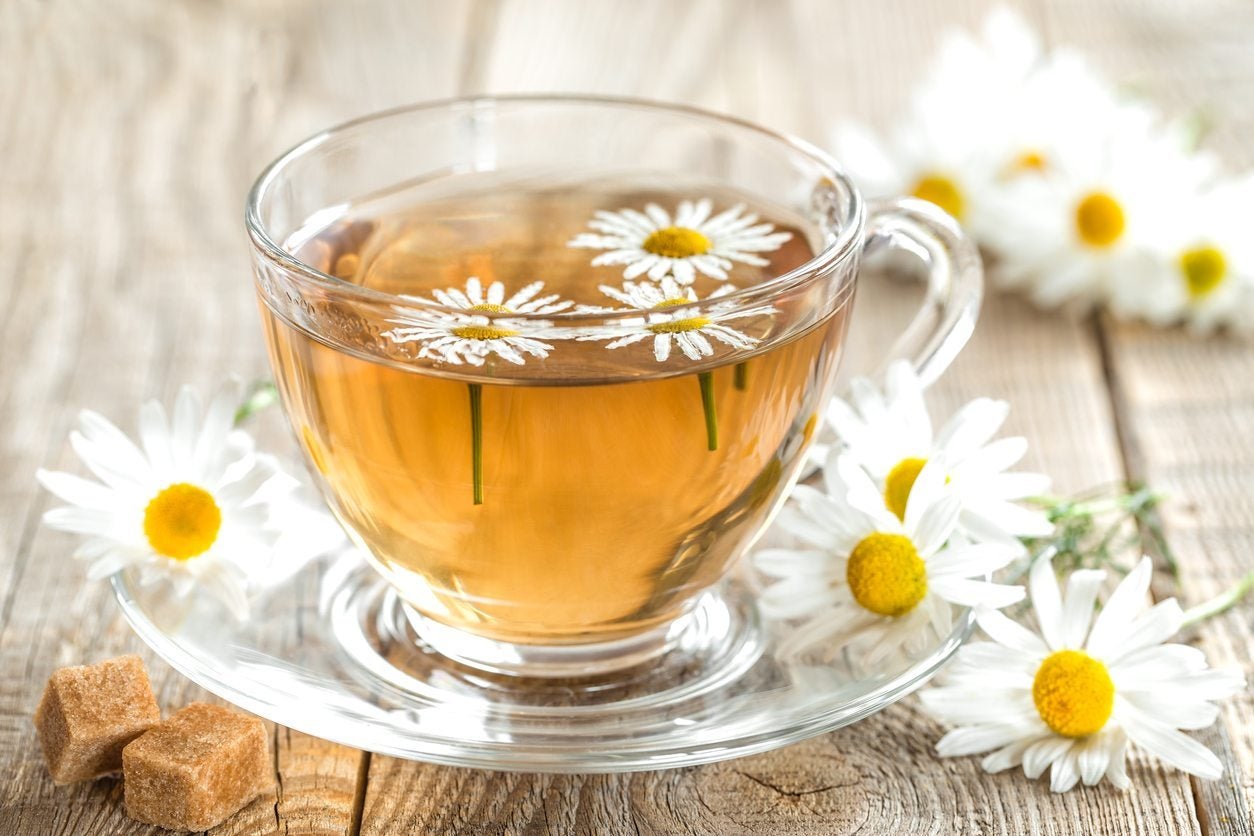 Growing Chamomile Tea: Making Tea From Chamomile Plants
Growing Chamomile Tea: Making Tea From Chamomile PlantsIf you?ve never thought about growing your own chamomile tea plant for tea brewing, now?s the time. Chamomile is easy to grow and thrives in a variety of areas. Use the information from this article to find out how to grow chamomile for tea.
By Amy Grant